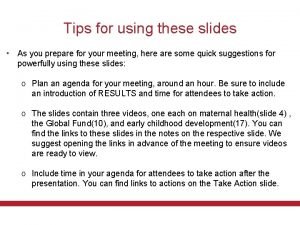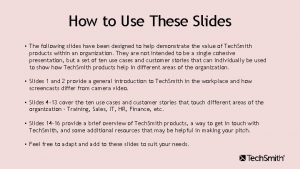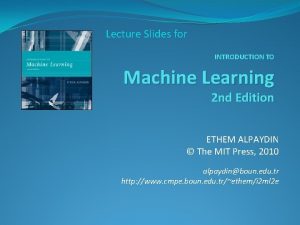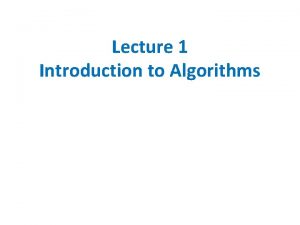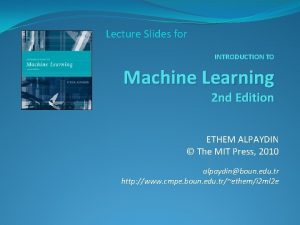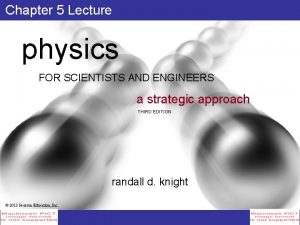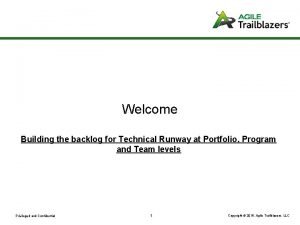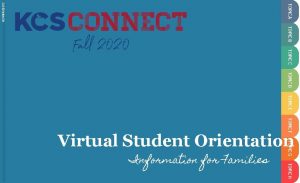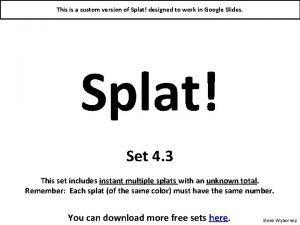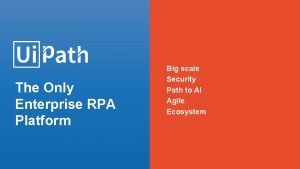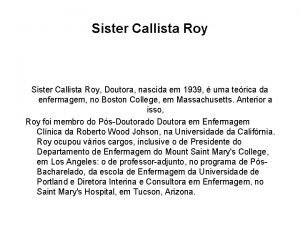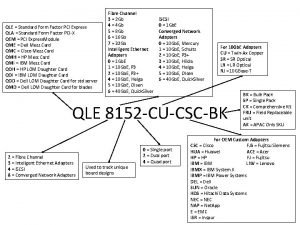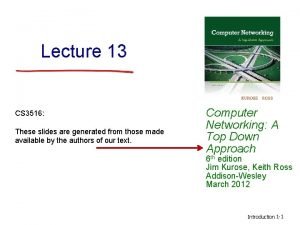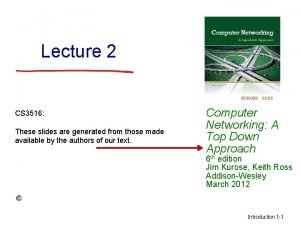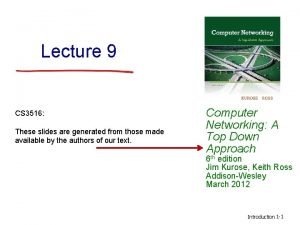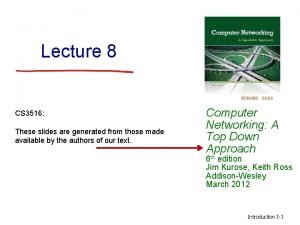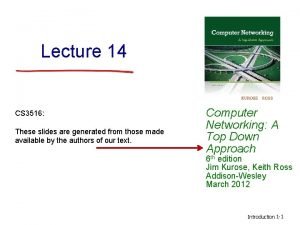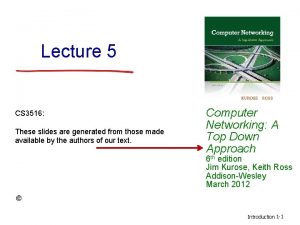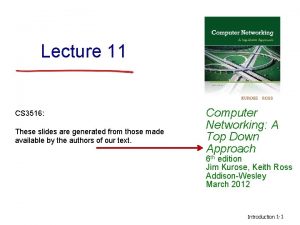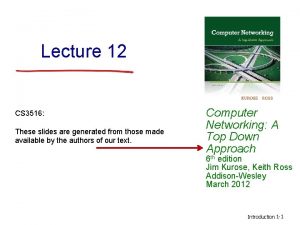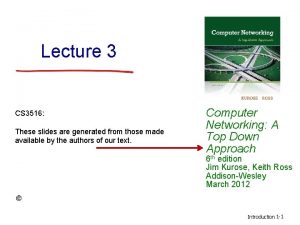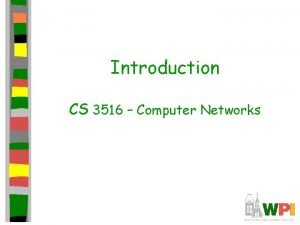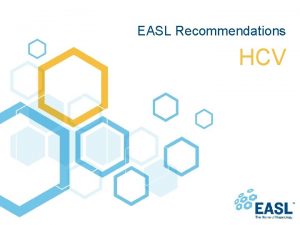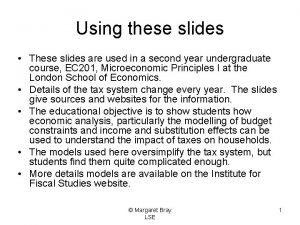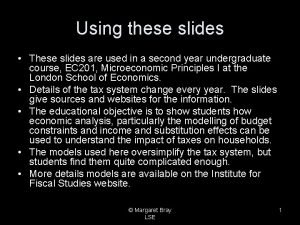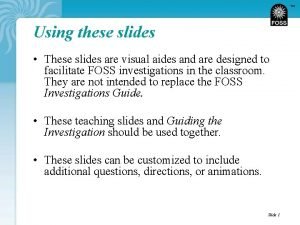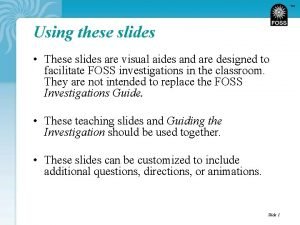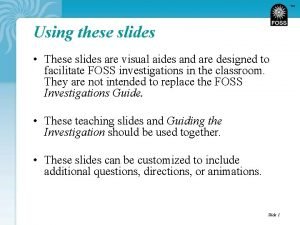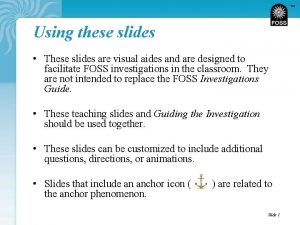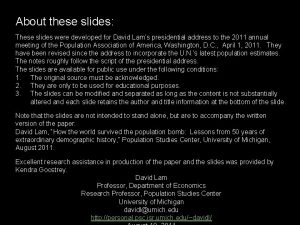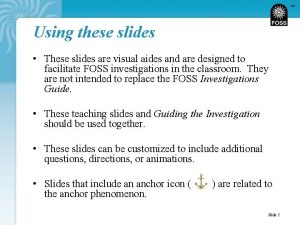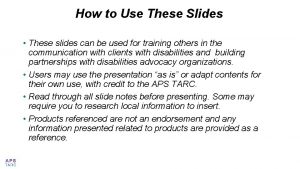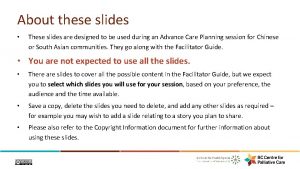Chapter 1 Introduction CS 3516 These slides are



























- Slides: 27

Chapter 1 Introduction CS 3516: These slides are generated from those made available by the authors of our text. Computer Networking: A Top Down Approach 6 th edition Jim Kurose, Keith Ross Addison-Wesley March 2012 Introduction 1 -1

Lecture 1: roadmap our goal: v get “feel” and terminology v more depth, detail later in course 1. 1 what is the Internet? 1. 2 network edge § end systems, access networks, links 1. 7 history Introduction 1 -2

What’s the Internet: “nuts and bolts” view PC server v millions wireless laptop smartphone of connected computing devices: § hosts = end systems § running network apps v communication wireless links wired links § fiber, copper, radio, satellite § transmission rate: bandwidth v Packet router switches: forward packets (chunks of data) § routers and switches mobile network global ISP home network regional ISP institutional network Introduction 1 -3

“Fun” internet appliances Web-enabled toaster + weather forecaster IP picture frame http: //www. ceiva. com/ Tweet-a-watt: monitor energy use Slingbox: watch, control cable TV remotely Internet refrigerator Internet phones Introduction 1 -4

What’s the Internet: “nuts and bolts” view v Internet: “network of networks” mobile network § Interconnected ISPs v protocols control sending, receiving of msgs § e. g. , TCP, IP, HTTP, Skype, 802. 11 v global ISP home network Internet standards regional ISP § RFC: Request for comments § IETF: Internet Engineering Task Force institutional network Introduction 1 -5

What’s the Internet: a service view v Infrastructure that provides services to applications: § Web, Vo. IP, email, games, e-commerce, social nets, … v mobile network global ISP home network regional ISP provides programming interface to apps § hooks that allow sending and receiving app programs to “connect” to Internet § provides service options, analogous to postal institutional network Introduction 1 -6

What’s a protocol? human protocols: v v v “what’s the time? ” “I have a question” introductions … specific msgs sent … specific actions taken when msgs received, or other events network protocols: v v machines rather than humans all communication activity in Internet governed by protocols define format, order of msgs sent and received among network entities, and actions taken on msg transmission, receipt Introduction 1 -7

What’s a protocol? a human protocol and a computer network protocol: Hi TCP connection request Hi TCP connection response Got the time? Get http: //www. awl. com/kurose-ross 2: 00 <file> time Q: other human protocols? Introduction 1 -8

Lecture 1: roadmap 1. 1 what is the Internet? 1. 2 network edge § end systems, access networks, links 1. 7 history Introduction 1 -9

A closer look at network structure: v network edge: § § hosts: clients and servers often in data centers v access networks, physical media: wired, wireless communication links v network core: § interconnected routers § network of networks mobile network global ISP home network regional ISP institutional network Introduction 1 -10

Access networks and physical media Q: How to connect end systems to edge router? v v v residential access nets institutional access networks (school, company) mobile access networks keep in mind: v v bandwidth (bits per second) of access network? shared or dedicated? Introduction 1 -11

Access net: digital subscriber line (DSL) central office DSL splitter modem voice, data transmitted at different frequencies over dedicated line to central office v v v telephone network DSLAM ISP DSL access multiplexer use existing telephone line to central office DSLAM § data over DSL phone line goes to Internet § voice over DSL phone line goes to telephone net < 2. 5 Mbps upstream transmission rate (typically < 1 Mbps) < 24 Mbps downstream transmission rate (typically < 10 Mbps) Introduction 1 -12

Access net: cable network cable headend … cable splitter modem V I D E O V I D E O D A T A C O N T R O L 1 2 3 4 5 6 7 8 9 Channels frequency division multiplexing: different channels transmitted in different frequency bands Introduction 1 -13

Access net: cable network cable headend … cable splitter modem data, TV transmitted at different frequencies over shared cable distribution network v v CMTS cable modem termination system ISP HFC: hybrid fiber coax § asymmetric: up to 30 Mbps downstream transmission rate, 2 Mbps upstream transmission rate network of cable, fiber attaches homes to ISP router § homes share access network to cable headend § unlike DSL, which has dedicated access to central Introduction 1 -14 office

Access net: home network wireless devices to/from headend or central office often combined in single box cable or DSL modem wireless access point (54 Mbps) router, firewall, NAT wired Ethernet (100 Mbps) Introduction 1 -15

Enterprise access networks (Ethernet) institutional link to ISP (Internet) institutional router Ethernet switch v v v institutional mail, web servers typically used in companies, universities, etc 10 Mbps, 100 Mbps, 1 Gbps, 10 Gbps transmission rates today, end systems typically connect into Ethernet switch Introduction 1 -16

Wireless access networks v shared wireless access network connects end system to router § via base station aka “access point” wireless LANs: § within building (100 ft) § 802. 11 b/g (Wi. Fi): 11, 54 Mbps transmission rate wide-area wireless access § provided by telco (cellular) operator, 10’s km § between 1 and 10 Mbps § 3 G, 4 G: LTE to Internet Introduction 1 -17

Host: sends packets of data host sending function: v takes application two packets, message L bits each v breaks into smaller chunks, known as packets, of length L bits 2 1 v transmits packet into access network at R: link transmission rate host transmission rate R § link transmission rate, aka link capacity, aka link bandwidth time needed to packet L (bits) transmission = transmit L-bit = R (bits/sec) packet into link delay 1 -18

Physical media v v bit: propagates between transmitter/receiver pairs physical link: what lies between transmitter & receiver guided media: § signals propagate in solid media: copper, fiber, coax unguided media: § signals propagate freely, e. g. , radio twisted pair (TP) v two insulated copper wires § § Category 5: 100 Mbps, 1 Gpbs Ethernet Category 6: 10 Gbps Introduction 1 -19

Physical media: coax, fiber coaxial cable: v v v two concentric copper conductors bidirectional broadband: § multiple channels on cable § HFC fiber optic cable: v v glass fiber carrying light pulses, each pulse a bit high-speed operation: § high-speed point-to-point transmission (e. g. , 10’s-100’s Gpbs transmission rate) v low error rate: § repeaters spaced far apart § immune to electromagnetic noise Introduction 1 -20

Physical media: radio v v signal carried in electromagnetic spectrum no physical “wire” bidirectional propagation environment effects: § reflection § obstruction by objects § interference radio link types: v terrestrial microwave § e. g. up to 45 Mbps channels v LAN (e. g. , Wi. Fi) § 11 Mbps, 54 Mbps v wide-area (e. g. , cellular) § 3 G cellular: ~ few Mbps v satellite § Kbps to 45 Mbps channel (or multiple smaller channels) § 270 msec end-end delay § geosynchronous versus low altitude Introduction 1 -21

Lecture 1: roadmap 1. 1 what is the Internet? 1. 2 network edge § end systems, access networks, links 1. 7 history Introduction 1 -22

Internet history 1961 -1972: Early packet-switching principles v v 1961: Kleinrock queueing theory shows effectiveness of packet -switching 1964: Baran - packetswitching in military nets 1967: ARPAnet conceived by Advanced Research Projects Agency 1969: first ARPAnet node operational v 1972: § ARPAnet public demo § NCP (Network Control Protocol) first host-host protocol § first e-mail program § ARPAnet has 15 nodes Introduction 1 -23

Internet history 1972 -1980: Internetworking, new and proprietary nets v v v 1970: ALOHAnet satellite network in Hawaii 1974: Cerf and Kahn architecture for interconnecting networks 1976: Ethernet at Xerox PARC late 70’s: proprietary architectures: DECnet, SNA, XNA late 70’s: switching fixed length packets (ATM precursor) 1979: ARPAnet has 200 nodes Cerf and Kahn’s internetworking principles: § minimalism, autonomy no internal changes required to interconnect networks § best effort service model § stateless routers § decentralized control define today’s Internet architecture Introduction 1 -24

Internet history 1980 -1990: new protocols, a proliferation of networks v v v 1983: deployment of TCP/IP 1982: smtp e-mail protocol defined 1983: DNS defined for name-to-IP-address translation 1985: ftp protocol defined 1988: TCP congestion control v v new national networks: Csnet, BITnet, NSFnet, Minitel 100, 000 hosts connected to confederation of networks Introduction 1 -25

Internet history 1990, 2000’s: commercialization, the Web, new apps v early 1990’s: ARPAnet late 1990’s – 2000’s: decommissioned v more killer apps: instant v 1991: NSF lifts restrictions on messaging, P 2 P file commercial use of NSFnet sharing (decommissioned, 1995) v network security to v early 1990 s: Web forefront § hypertext [Bush 1945, v est. 50 million host, 100 Nelson 1960’s] million+ users § HTML, HTTP: Berners-Lee v backbone links running at Gbps § 1994: Mosaic, later Netscape § late 1990’s: commercialization of the Web Introduction 1 -26

Internet history 2005 -present v ~750 million hosts § v v v Smartphones and tablets Aggressive deployment of broadband access Increasing ubiquity of high-speed wireless access Emergence of online social networks: § Facebook: soon one billion users v v Service providers (Google, Microsoft) create their own networks § Bypass Internet, providing “instantaneous” access to search, emai, etc. E-commerce, universities, enterprises running their services in “cloud” (eg, Amazon EC 2) Introduction 1 -27
 Antigentest åre
Antigentest åre A small child slides down the four frictionless slides
A small child slides down the four frictionless slides Energy conservation quick check
Energy conservation quick check These slides
These slides These slides
These slides Following slides
Following slides Andrew ng machine learning slides
Andrew ng machine learning slides Introduction to machine learning slides
Introduction to machine learning slides Introduction to algorithms slides
Introduction to algorithms slides Machine learning lecture notes
Machine learning lecture notes Which of these is not a force discussed in this chapter?
Which of these is not a force discussed in this chapter? Chapter 17 ten words in context
Chapter 17 ten words in context Intro paragraph layout
Intro paragraph layout Estranha moral slides
Estranha moral slides Architecture runway slides
Architecture runway slides Verbos não direcionais em libras
Verbos não direcionais em libras Slidesmania
Slidesmania Splat steve wyborney
Splat steve wyborney Castro slides
Castro slides Enterprise rpa platform
Enterprise rpa platform Statquest pca
Statquest pca Data mining concepts and techniques slides
Data mining concepts and techniques slides Callista roy quem foi
Callista roy quem foi Ria slides
Ria slides Ria slides
Ria slides Qla slides
Qla slides Tonoscopia formula
Tonoscopia formula Logo bru
Logo bru



